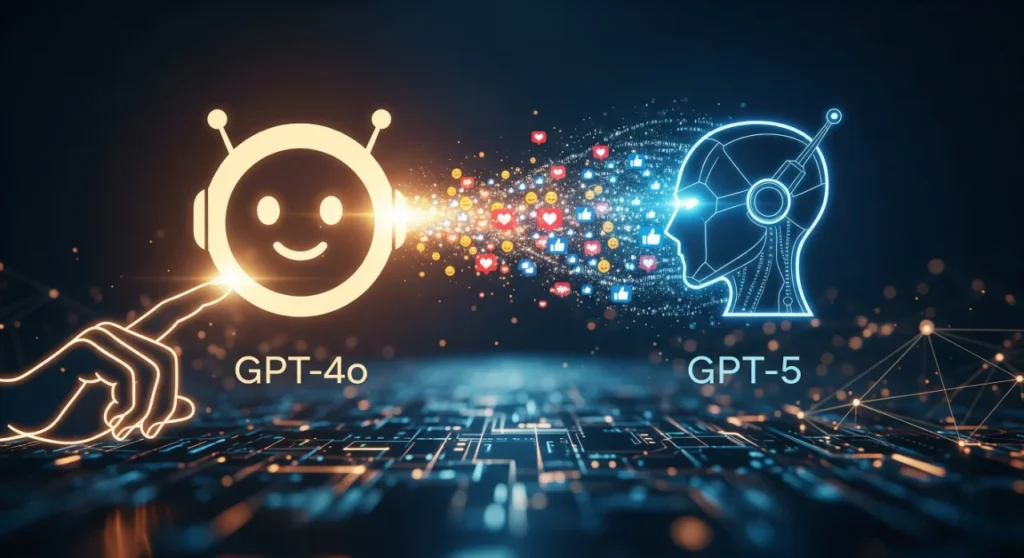After a rocky GPT-5 launch, OpenAI is bringing GPT-4o back as the default for all paid ChatGPT tiers, aiming to ease user frustration and restore trust.
OpenAI Restores GPT-4o as Default After GPT-5 Rollout Woes
OpenAI has reversed course just a week after its high-profile GPT-5 debut. CEO Sam Altman announced that GPT-4o — the conversational AI model beloved by many users — is once again the default for all paid ChatGPT plans.
This change applies to subscribers on Plus ($20/month), Pro ($200/month), Team ($30/month), Enterprise, and Edu tiers. Users will no longer need to dig into the “Show legacy models” toggle to access it.
The decision follows a wave of mixed reviews and technical hiccups with GPT-5, including a malfunctioning “autoswitcher,” inconsistent responses, and widespread complaints over the abrupt removal of older models.
Key Takeaways:
- GPT-4o is back as the default for all paid ChatGPT tiers.
- New “Show additional models” option restores GPT-4.1, o3, and o4-mini.
- GPT-5 now offers Auto, Fast, and Thinking modes with usage caps.
- GPT-4.5 remains Pro-only due to high GPU costs.
- Altman promises “plenty of notice” if GPT-4o is retired again.
New Model Options for Power Users
Alongside GPT-4o’s return, OpenAI is enabling a new “Show additional models” setting, switched on by default. This lets users access GPT-4.1, as well as reasoning-focused models o3 and o4-mini.
In addition, GPT-5 remains available in four versions — regular, mini, nano, and pro — with three distinct operating modes:
- Auto (model decides performance level)
- Fast (quicker responses)
- Thinking (deep reasoning with a massive 196K-token window)
The “Thinking” mode now has a cap of 3,000 messages per week for paying subscribers. After hitting the limit, users can still switch to the lighter “GPT-5 Thinking mini” mode.
Why the Sudden Reversal Matters
The initial GPT-5 rollout, launched on August 7, was positioned as a major leap forward. But instead of universal praise, OpenAI found itself facing performance complaints and emotional backlash from loyal GPT-4o users. Some felt the new model lacked the warmth and consistency of its predecessor.
Recognizing the emotional bond users had formed with older models, Altman assured that if GPT-4o is ever removed again, there will be “plenty of notice” — a notable shift toward transparency after last week’s surprise changes.
Personality Tweaks and Customization
Altman also teased upcoming changes to GPT-5’s tone, aiming for something “warmer” than the current default but less polarizing than GPT-4o’s style. Longer-term, OpenAI is exploring per-user customization, potentially letting subscribers fine-tune the AI’s personality.
For now, the reinstatement of GPT-4o — coupled with expanded model access — is likely to calm tensions among ChatGPT’s paying base. Whether it’s enough to rebuild confidence in GPT-5 remains to be seen, but one thing is clear: in the fast-moving AI world, user trust is just as important as technological progress.
